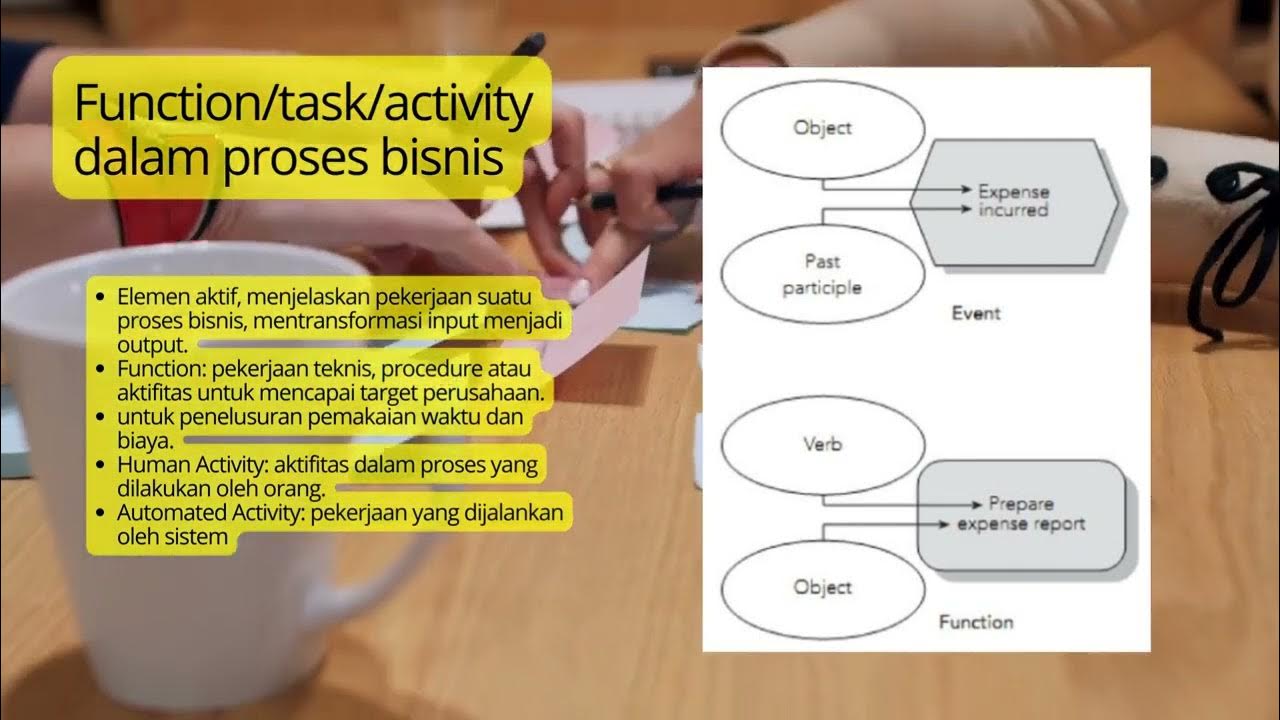Basic Steps To Shoot A Liquid Level using Echometer's TWM
Summary
TLDRIn this training video, Rusty Hamm introduces the essential steps for measuring liquid levels using the Total Well Management (TWM) software. He outlines the required equipment, including a well analyzer and gas gun, and describes the process of generating an acoustic pulse to determine liquid levels. The video covers equipment setup, software initialization, sensor configuration, data acquisition, and analysis, emphasizing the importance of accurate pressure measurements and careful monitoring of well conditions. Viewers are encouraged to refer to the Echometer manual for deeper insights into the analysis and results interpretation.
Takeaways
- 😀 The training video focuses on using Total Well Management (TWM) software for measuring liquid levels in wells.
- 🔧 Essential equipment includes a well analyzer laptop, remote fire gas gun, pressure transducer, and compressed gas cylinder.
- 📏 The gas gun releases compressed gas into the well, creating an acoustic pulse that helps determine the liquid level.
- 🔄 The travel time of the acoustic pulse reflects off anomalies and is proportional to the depth of the liquid.
- 📊 Before starting, inspect the wellhead for corrosion or damage and check pressure levels.
- ⚙️ Proper connection of equipment is crucial, including the gas gun to the casing valve and the pressure transducer.
- 💻 Users should ensure TWM software is in acquire mode and set up sensors accurately before taking measurements.
- 🔋 Casing pressure data is recorded for a minimum of 15 minutes to establish a reliable buildup trend.
- 📈 TWM analyzes acoustic reflections to determine the best liquid level and can use various methods for depth measurement.
- 🚨 Always release pressure from the gas gun before disconnecting equipment to ensure safety.
Q & A
What is the purpose of the Total Well Management (TWM) software?
-The TWM software is used to measure liquid levels in wells by analyzing acoustic data generated during the measurement process.
What equipment is necessary to perform a liquid level measurement using TWM?
-The required equipment includes a well analyzer laptop with TWM software, a remote fire gas gun, a pressure transducer, a solenoid cable, a cylinder with compressed CO2 gas, and a microphone coax cable.
How does the gas gun contribute to the measurement process?
-The gas gun releases compressed gas into the well bore, generating an acoustic pulse that travels down the casing, reflects off anomalies, and returns to the microphone for measurement.
What initial checks should be performed at the wellhead before measurement?
-Inspect the wellhead valve for corrosion, wear, or damage, and check that the pressure at the wellhead does not exceed the working pressure of the gas gun.
What steps are involved in connecting the equipment for TWM measurement?
-Attach the gas gun to the casing valve, finger-tighten the pressure transducer, and connect the solenoid, microphone, and pressure transducer to the gas gun.
How do you verify that the TWM software is communicating with the well analyzer?
-Check the display of the well analyzer's battery voltage in the software, which indicates successful communication.
What should be done to prepare for taking a shot in TWM?
-Charge the gas gun to at least 150 psi above casing pressure, close the bleed valve, and open the casing head valve before firing the shot.
What is the significance of the acoustic reflection in determining liquid level?
-The acoustic reflection helps to identify the depth of the liquid level based on the round-trip travel time of the acoustic pulse from the gas gun to the reflection point and back.
How is casing pressure recorded and analyzed during the measurement process?
-The casing pressure buildup is recorded every 15 seconds for a duration of up to 15 minutes to establish a linear pressure trend necessary for accurate results.
What should be done after completing the measurement?
-Release any confined pressure between the well valve and gun using the bleed valve, and refer to the Echometer manual and online resources for detailed analysis and results.
Outlines

This section is available to paid users only. Please upgrade to access this part.
Upgrade NowMindmap

This section is available to paid users only. Please upgrade to access this part.
Upgrade NowKeywords

This section is available to paid users only. Please upgrade to access this part.
Upgrade NowHighlights

This section is available to paid users only. Please upgrade to access this part.
Upgrade NowTranscripts

This section is available to paid users only. Please upgrade to access this part.
Upgrade NowBrowse More Related Video

Testing with the Taylor Test Kit

Measuring Dry & Liquid Ingredients - Basic Kitchen Skills with Dietetics & Nutrition

Quality and Performance in Management

RPL 1 1 Proses Bisnis Pengembangan Perangkat Lunak dan Gim

Best Way to Lower High CYA in a Swimming Pool

BANGUN BISNIS SISTEM RESELLER (WAJIB NONTON)
5.0 / 5 (0 votes)